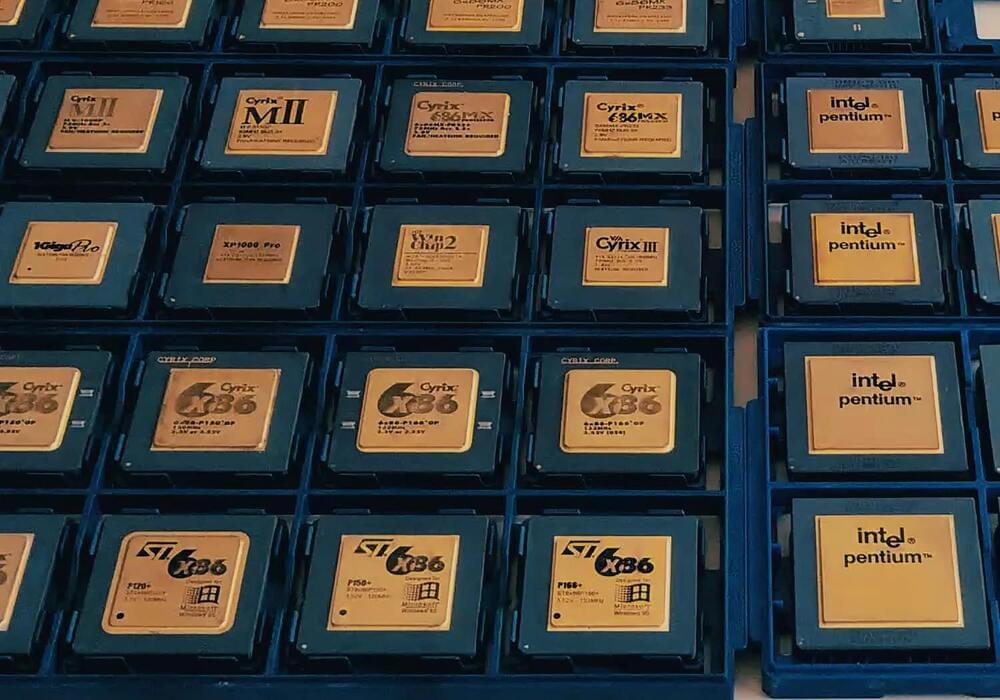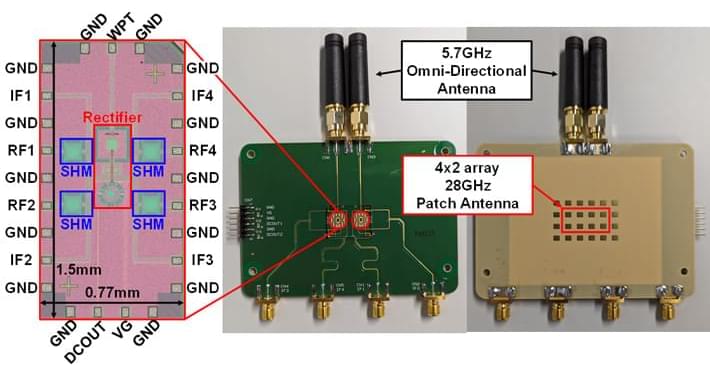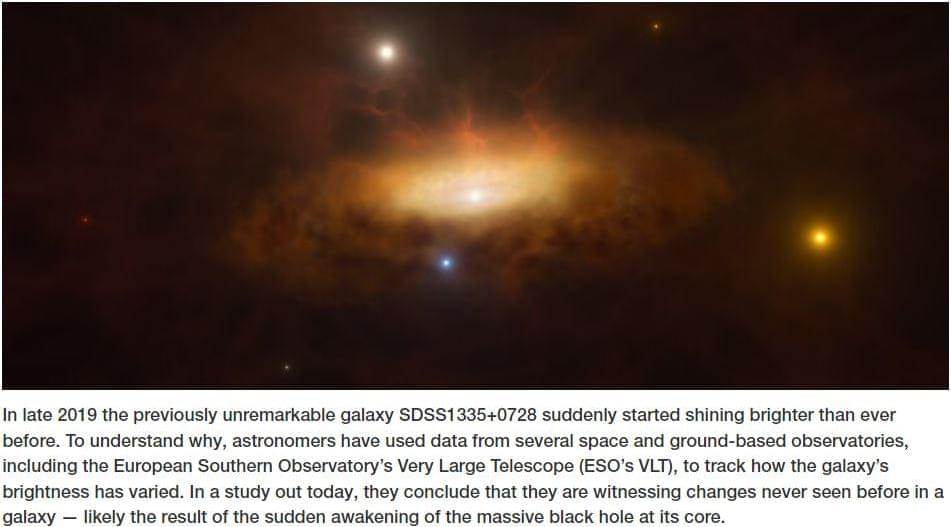Is a cross-disciplinary multimedia performance piece featuring self-developed found material robots, real-time AI generation, motion tracking, audio spatialization, and bio-feedback-based audio synthesis. The immersive piece challenges the human-centric perspective and invites audiences to contemplate the coexistence of technology, nature, and us.
Credits (in alphabetical order):
Co-Directors: Mingyong Cheng, Sophia Sun, Han Zhang.
Performers: Yuemeng Gu, Erika Roos.
Robotic Engineer: Sophia Sun.
Visual Artist: Mingyong Cheng.
Sound Designer: Han Zhang.
Lighting Engineer: Zehao Wang, Han Zhang.
Video Editor: Yuemeng Gu.
Post Production Coordinator: Mingyong Cheng.
Technical \& Installation Support: Yifan Guo, Ke Li, Zehao Wang, Zetao Yu.
Special thanks to Palka Puri for plant support, the Initiative for Digital Exploration of Arts and Sciences (IDEAS) program at the University of California San Diego and Qualcomm Institute for sponsoring this project, and the AV team from the California Institute for Telecommunications and Information Technology (Calit2) for installation and media support.







